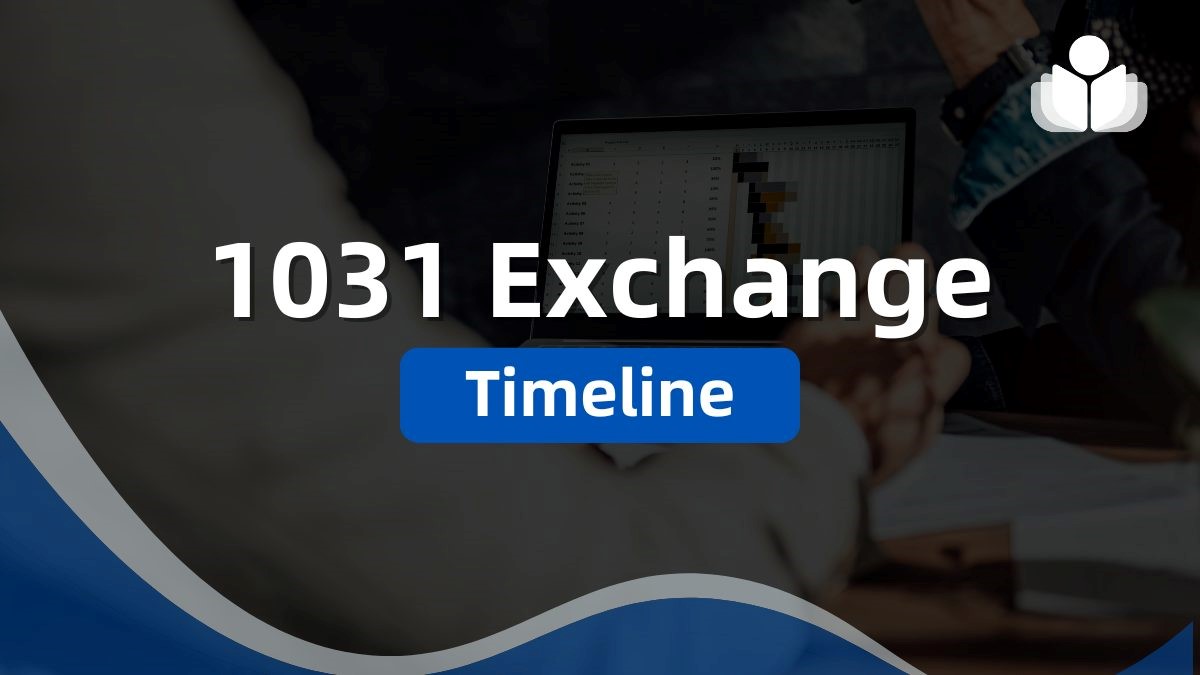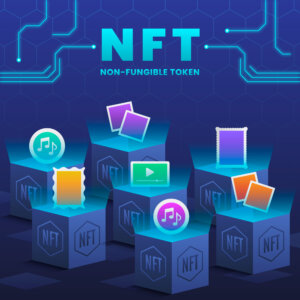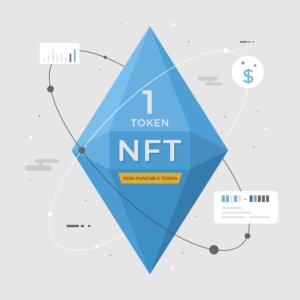The 1031 Exchange is a vital tool in real estate investment, allowing investors to defer capital gains taxes when selling an investment property and reinvesting the proceeds into a similar property.
This tax-deferral strategy not only helps investors maximize their investment potential but also plays a crucial role in building wealth through continued property reinvestment. However, successfully executing a 1031 Exchange requires strict adherence to a specific timeline.
Understanding the importance of the timeline is essential, as missing any key deadlines can disqualify the exchange, leading to immediate tax liabilities. The process involves several critical steps, each with its own set of time constraints that must be followed to ensure compliance with IRS regulations.
The purpose of this article is to provide a detailed guide on the timeline involved in a 1031 Exchange. We will highlight the key deadlines and steps necessary to complete a successful exchange, offering insights into the importance of each stage in the process.
Whether you’re a seasoned investor or new to real estate, understanding the 1031 Exchange timeline is crucial for maximizing the benefits of this powerful investment strategy.
Timelines in a 1031 Exchange
Successfully navigating a 1031 Exchange requires strict adherence to specific deadlines. Missing any of these key deadlines can result in the disqualification of the exchange, leading to immediate capital gains tax liabilities. Below is an overview of the critical timeframes involved in the 1031 Exchange process:
The Sale of the Relinquished Property
The 1031 Exchange process begins with the sale of your investment property, known as the relinquished property. Once the sale is completed, the clock starts ticking on the critical deadlines that follow. It’s important to have a plan in place and be prepared to act quickly to meet the subsequent deadlines.
The 45-Day Identification Period
After selling the relinquished property, you have 45 days to identify potential replacement properties. This period is known as the identification period. During this time, you must provide a written list of one or more potential replacement properties to your Qualified Intermediary (QI).
The IRS allows you to identify up to three properties regardless of their value or more than three properties if their combined value doesn’t exceed 200% of the relinquished property’s sale price. This step is crucial, as failing to identify a replacement property within the 45-day window will disqualify the exchange.
The 180-Day Closing Period
Once you’ve identified the replacement property, you have a total of 180 days from the sale of the relinquished property to complete the purchase of the replacement property. This is referred to as the closing period.
It’s important to note that the 180-day period includes the 45-day identification period, meaning you must close on the replacement property within 135 days of the end of the identification period. This timeframe is strict, and any delays or complications in closing can jeopardize the exchange.
The Role of the Qualified Intermediary (QI)
Throughout the entire process, the Qualified Intermediary plays a vital role in ensuring that the exchange is executed properly. The QI holds the proceeds from the sale of the relinquished property and uses these funds to purchase the replacement property on your behalf. It’s important to engage a QI early in the process, as their involvement is required to maintain the tax-deferred status of the exchange.
The 180-Day Filing Deadline
The 180-day period also aligns with the IRS tax filing deadline for the year in which the relinquished property was sold. If your exchange period crosses into the next calendar year, you must file for an extension on your tax return to ensure that the full 180-day exchange period is available.
6 Key Steps in the 1031 Exchange Process
Navigating a 1031 Exchange successfully involves several crucial steps that must be followed in a specific order. These steps ensure compliance with IRS regulations and help investors maximize the benefits of tax deferral. Below is a breakdown of the key steps involved in the 1031 Exchange process:
1. Determine Eligibility and Plan the Exchange
The first step in a 1031 Exchange is determining whether your properties qualify for the exchange. Both the relinquished and replacement properties must be held for investment or business purposes and must be “like-kind,” meaning they’re of the same nature or character, though not necessarily the same grade or quality. It’s essential to plan your exchange carefully, considering the value of the properties and the timeline involved.
2. Engage a Qualified Intermediary (QI)
A Qualified Intermediary (QI) is a critical component of the 1031 Exchange process. The QI facilitates the exchange by holding the proceeds from the sale of the relinquished property and ensuring that you don’t take direct control of the funds.
This step is necessary to maintain the tax-deferred status of the exchange. Engaging a QI early in the process is crucial, as they will guide you through the transaction and help you meet all necessary deadlines.
3. Sell the Relinquished Property
Once you’ve engaged a QI, the next step is to sell your relinquished property. The proceeds from the sale are transferred directly to the QI, which holds them in escrow until you’re ready to purchase the replacement property. This step officially starts the clock on the 45-day identification period and the 180-day closing period, so it’s important to be prepared to act quickly once the sale is complete.
4. Identify Potential Replacement Properties
After selling the relinquished property, you have 45 days to identify potential replacement properties. During this period, you must provide the QI with a written list of one or more properties you intend to purchase.
You can identify up to three properties regardless of their value or more than three if their combined value doesn’t exceed 200% of the relinquished property’s sale price. This step is critical, as failing to identify a replacement property within the 45-day window will disqualify the exchange.
5. Close on the Replacement Property
Once you’ve identified the replacement property, you have a total of 180 days from the sale of the relinquished property to complete the purchase of the replacement property. The QI will use the proceeds held in escrow to fund the purchase. This step is where the exchange is finalized, and adhering to the 180-day deadline is essential to ensure the exchange remains valid.
6. Complete IRS Reporting
After closing on the replacement property, you must report the 1031 Exchange on your tax return for the year in which the exchange was completed. This involves filing IRS Form 8824, which details the properties involved, the timing of the exchange, and the use of the Qualified Intermediary. Proper reporting is necessary to confirm the deferral of capital gains taxes.
Common Mistakes in a 1031 Exchange and How to Avoid Them
Successfully completing a 1031 Exchange requires strict adherence to IRS rules and careful planning. However, several common mistakes can derail the process, leading to disqualification of the exchange and significant tax liabilities. Here are some of the most frequent errors and how to avoid them:
1. Missing Identification or Closing Deadlines
One of the most critical aspects of a 1031 Exchange is adhering to the strict timelines set by the IRS. The investor has 45 days from the sale of the relinquished property to identify potential replacement properties and 180 days to complete the purchase.
Missing either of these deadlines can result in the immediate disqualification of the exchange, meaning the investor must pay capital gains taxes on the sale. To avoid this, it’s crucial to have a clear timeline in place, work closely with a Qualified Intermediary, and be prepared to act quickly once the process begins.
2. Inadequate Preparation
Inadequate preparation is another common pitfall in a 1031 Exchange. Failing to plan the sale of the relinquished property or the purchase of the replacement property can lead to delays, missed deadlines, or the selection of unsuitable properties.
To prevent these issues, investors should thoroughly research potential replacement properties and have a clear understanding of market conditions before initiating the exchange. It’s also advisable to have backup properties identified in case the primary choice falls through.
3. Improper Identification
The IRS has strict rules about what qualifies as a “like-kind” property in a 1031 Exchange. Identifying properties that don’t meet these requirements can result in the exchange being disqualified.
For example, identifying a personal residence or a property held for resale rather than investment can invalidate the exchange. To avoid this mistake, investors must ensure that all identified properties meet the IRS’s like-kind criteria and are intended for investment or productive use in a trade or business.
4. Failing to Use a Qualified Intermediary
A Qualified Intermediary (QI) is essential for a valid 1031 Exchange. The QI holds the proceeds from the sale of the relinquished property and ensures that the investor doesn’t take direct control of the funds.
Failing to use a QI, or choosing an inexperienced one, can lead to legal and tax consequences, including the disqualification of the exchange. To avoid this, investors should engage a reputable and experienced QI early in the process and ensure they follow all guidelines.
5. Case Studies of Failed Exchanges
There are numerous examples of 1031 Exchanges failing due to timeline mismanagement and improper planning. In one case, an investor failed to identify replacement properties within the 45-day window, resulting in a disqualified exchange and a significant tax bill.
In another instance, an investor did not use a QI, mistakenly believing they could handle the funds themselves, which led to the exchange being invalidated. These cases highlight the importance of adhering to deadlines, using a QI, and planning the exchange process meticulously.
Final Steps: Completing the Exchange and Filing Tax Returns
Reviewing the Exchange
Before closing the 1031 Exchange process, it’s crucial to review all steps to ensure compliance with IRS requirements. Confirm that the sale of the relinquished property, the identification of replacement properties, and the closing on the replacement property were all completed within the specified deadlines. Verifying that all documents are accurate and complete helps prevent potential issues during the IRS review.
Filing IRS Form 8824
To report the 1031 Exchange to the IRS, you must file IRS Form 8824 with your federal tax return for the year in which the exchange was completed. This form details the properties involved, the dates of sale and purchase, and the role of the Qualified Intermediary.
The form helps the IRS verify that the exchange meets the requirements for tax deferral. The deadline for filing this form is the same as your tax return deadline, typically April 15th, unless you file for an extension.
Record Keeping
Maintaining thorough records of the entire exchange process is essential. Keep copies of all documents, including the sales contract for the relinquished property, the identification of replacement properties, the purchase contract for the replacement property, and the agreement with the Qualified Intermediary. Proper record-keeping is crucial not only for your own reference but also in the event of an IRS audit.
Post-Exchange Considerations
After completing the exchange, consider any potential adjustments, such as property management or additional investments. Begin planning for future exchanges if you intend to continue deferring capital gains taxes. Ongoing tax planning is essential to maximize the benefits of the 1031 Exchange and ensure that future transactions are as smooth and compliant as possible.
Frequently Asked Questions
Conclusion
Successfully completing a 1031 Exchange requires careful attention to critical timelines and deadlines. The 45-day identification period and the 180-day closing period are particularly stringent, making precise planning and coordination essential. Engaging a Qualified Intermediary and maintaining accurate records is vital to ensuring that the exchange complies with IRS regulations.
The 1031 Exchange is a powerful tool for real estate investors, offering significant tax deferral benefits and the potential for substantial portfolio growth. However, the process’s complexity underscores the importance of professional guidance.
By strictly adhering to all timelines and working with experienced advisors, investors can leverage the 1031 Exchange to enhance their real estate investment strategies and achieve long-term financial success.
 Sections of this topic
Sections of this topic
















